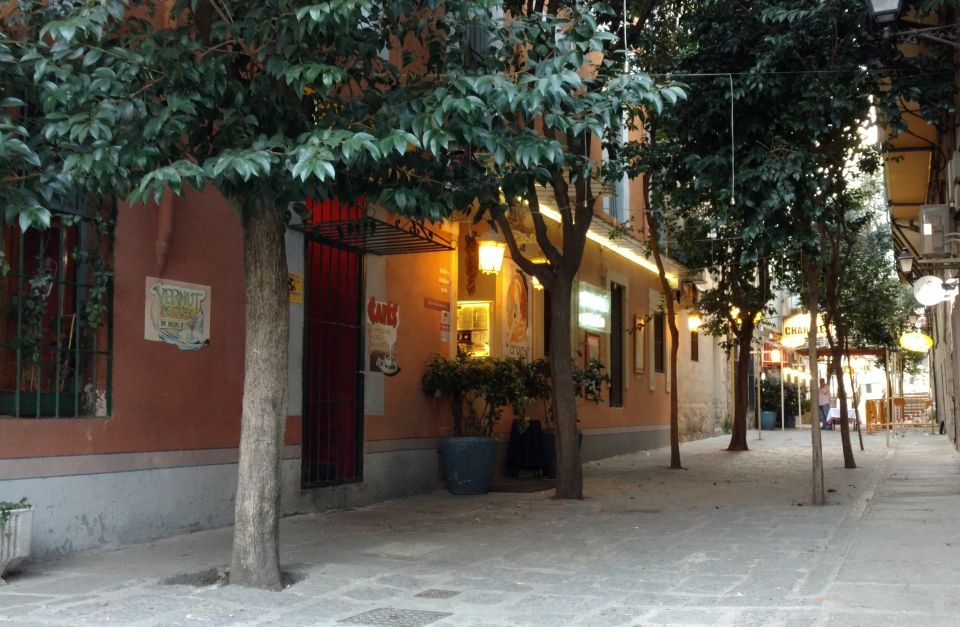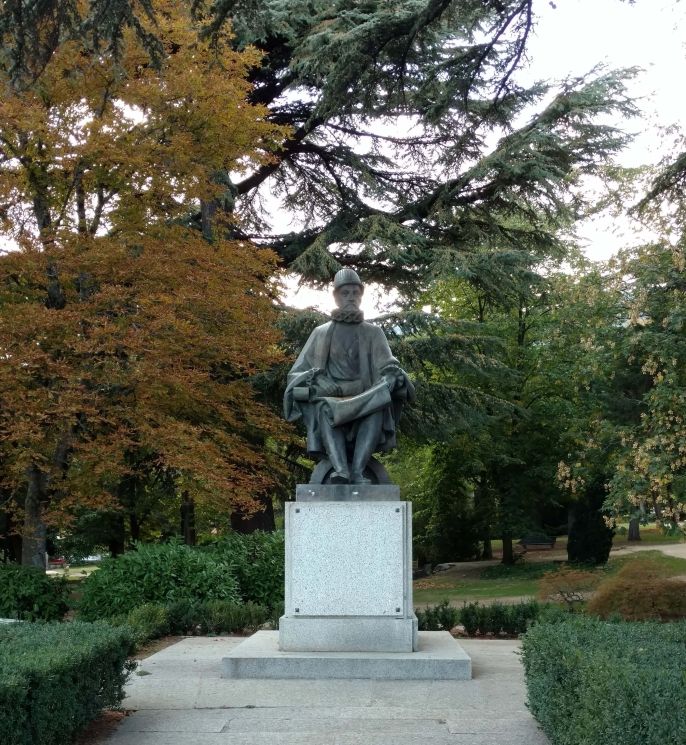My Visa Journey in Spain: Before and After Arriving
Before diving into this topic, I would like to sincerely thank the CIEE staff assigned to and in Spain. Without them I would not have been able to complete three months of teaching. You all work very hard and are the best.
Before Arriving
I graduated from college in early May, and as a graduation present, my cousin and I had tickets to travel around Europe in July. As you know, it’s not recommended that you go abroad while your soliciting a visa because you can miss many appointment availabilities. However, I initially thought that I could easily find an appointment. On top of juggling a trip and the visa appointment search, I had to complete paperwork, send several emails, and do a lot of scanning and signing, which were all required before arriving at the consulate. To say the least, I had my hands full, but I managed to do everything promptly. The only part that proved difficult in all this was finding an appointment for after July 28th, which was when we were scheduled to return. As day after day passed without any success of getting a date, I grew increasingly preoccupied by the fact that I might have to cancel my vacation so that I could get an appointment in early July. In the end, I did get one for early August. What a relief!
When we returned from our trip, I had to go to the Los Angeles consulate to drop off the required documents. Like many states Arizona doesn’t have a consulate, so I had to travel 5 hours one way to drop off everything in person and another to pick up my passport and visa.

Besides the visa guide and the other written information, the CIEE advisors helped me tremendously. They happily set up phone meetings and rapidly exchanged emails with me over such subjects as: should I cancel my vacation plans if I can’t find an appointment for early August, how do I get a FBI background check and Apostille of The Hague, and which documents should be notarized before my appointment. Of course, the LA Consulate’s website and the documents that CIEE provided were a wealth of information and indispensable throughout the entire process. However, speaking with an advisor alleviated most of my anxiety about moving abroad.
After Arriving and the First Month
Once I arrived in Spain, I went to the Teach Basics Orientation and was greeted by a friendly staff. Suddenly, I found myself inundated with information about housing, classroom etiquette, cultural expectations, doctor’s appointments, transportation, and budgeting.
As for the process for obtaining a TIE (also called Tarjeta de Identidad de Extranjero), my group leader guided us through it. For those who are not aware, a TIE is the green foreigner’s identity card that you apply for after arriving; a NIE (or Numero de Identidad de Extranjero) is the number assigned to you by the Spanish consulate. Both are essential to remain in the country for the year and perform various transactions (Internet, banking, rental contracts, etc.).
The only problem that I noticed was that my passport visa didn’t have my NIE. The staff assured me that sometimes they do not put it if you have already studied in Spain. However, they did not know that I had even bigger problems than a missing NIE.

Unaware of what lay ahead I went to my Toma de Huellas appointment (i.e. the day that you turn in your documentation to apply for your TIE) on October 10. According to the officer, however, my visa was not valid, and I would have to apply for another by going to a website and doing everything they tell me. Obviously, I was confused. I asked him to repeat, but after a few times, the message didn’t change in my head. I would have to do another lengthy process to get another visa. I should mention that this entire exchange happened in Spanish only and that I was too timid to ask the official to speak slower. Therefore, if you are to take away anything from this, it’s that you should never leave until you fully comprehend what is being required of you. Don’t do what I did and nod your head as if you understand. I clearly didn’t.
After leaving the police station, I went directly to the CIEE office to explain the situation. Together one of the advisors and I decided that the officer must have thought that I was trying to apply for a TIE with my old visa and not my current one. Therefore, we made another appointment for November 15. My advisor also showed me how to get empadronado, or officially registered, since that was something which the official asked for and I didn’t have proof of. Happier and somewhat less downtrodden I left the office. Some days later, I got empadronado at the local town hall.
